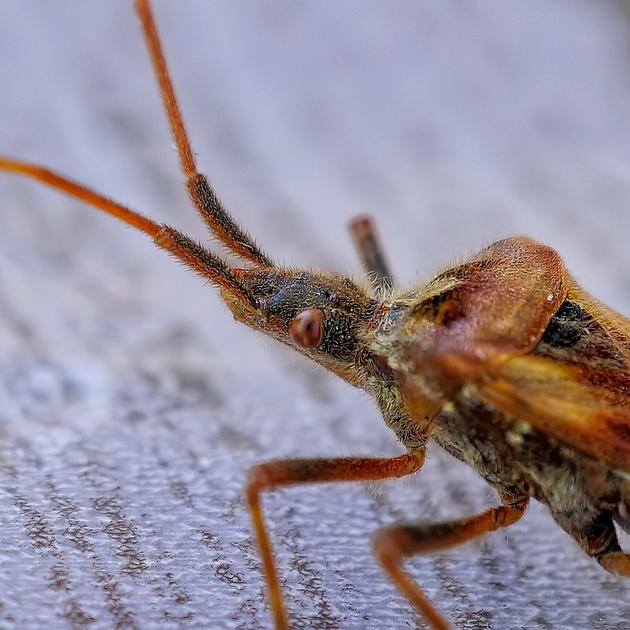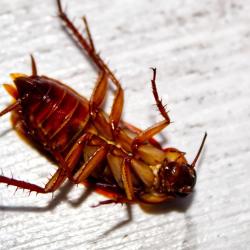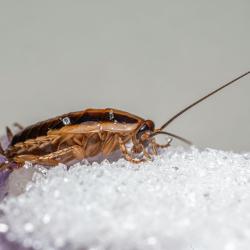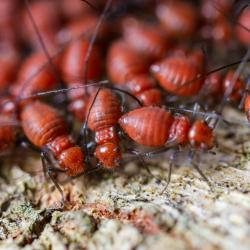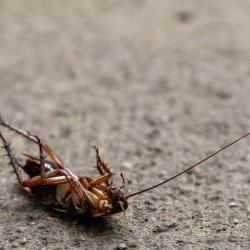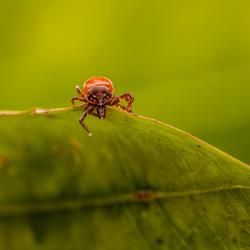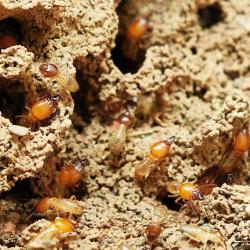How to Deal with a Bed Bug Infestation: Tips and Solutions
Bed bugs are tiny, elusive insects that can quickly turn your home into a living nightmare. Despite their small size, these pests can cause a big problem, leading to sleepless nights and itchy bites. If you've discovered an unwelcome bed bug infestation in your living space, it's important to act quickly and effectively. Here's a guide to help you identify, treat, and prevent these persistent bugs.
Identifying a Bed Bug Infestation
Before you can tackle a bed bug problem, you need to be certain that's what you're dealing with. Here are some signs:
-
Bite Marks: Bed bugs feed on human blood, usually while you're sleeping. Bites often appear in a line or cluster, leading to itchy welts.
-
Bloodstains: You might notice small bloodstains on your sheets or pajamas.
-
Exoskeletons: As bed bugs grow, they shed their skins, leaving behind empty shells.
-
Bed Bug Feces: Look for dark, rusty spots of excrement on bed linens and mattresses.
-
Distinctive Odor: A heavy infestation can produce a musty, sweet smell.
Quick Response: Immediate Actions
Once bed bugs are identified, the faster you act, the better:
-
Clean Linens: Strip your bed of all sheets and washable items. Wash them in hot water and dry on high heat to kill any bed bugs and eggs.
-
Vacuum Thoroughly: Use a vacuum cleaner on your mattress, box spring, and around the bed, paying special attention to seams and crevices.
-
Contain the Area: Reduce clutter near the bed, and seal items in airtight bags to prevent further spread.
Treatment Options
DIY Treatments
-
Steam Cleaning: High temperatures can kill bed bugs and eggs. Steam mattresses, furniture, and any other areas where bed bugs might hide.
-
Diatomaceous Earth: This natural powder can be spread around the bed and other suspected areas. It's lethal to bed bugs when they crawl over it.
-
Bed Bug Sprays: There are various over-the-counter sprays designed to eliminate bed bugs. Follow application instructions carefully.
-
Encasements: Mattress and box spring encasements can trap bugs inside and keep new ones out.
Professional Help
If the infestation is severe or persistent, hiring a pest control professional might be necessary. Exterminators use a combination of methods, including:
-
Chemical Treatments: Pesticides that specifically target bed bugs can be effectively applied by professionals.
-
Heat Treatments: Professionals can raise the temperature in your home using special equipment to kill bed bugs at all life stages.
-
Integrated Pest Management (IPM): This comprehensive approach combines multiple strategies to manage and eliminate bed bug infestations.
Preventing Future Infestations
Once you've dealt with the current infestation, take steps to prevent future ones:
-
Monitor Regularly: Check mattresses, furniture, and bedrooms for signs of bed bugs periodically.
-
Reduce Clutter: Keep your living areas tidy, reducing hiding spots for bed bugs.
-
Be Cautious with Second-Hand Items: Inspect and clean all used furniture, mattresses, and clothing thoroughly before bringing them into your home.
-
Secure Travel Items: Hotel rooms can be a source of bed bugs. Keep luggage off the floor and inspect it before heading home.
-
Seal Entry Points: Use caulk to seal cracks and crevices in walls, baseboards, and other areas where bed bugs can hide.
Conclusion
Dealing with a bed bug infestation can be daunting, but with the right approach, it is manageable. Early detection, combined with diligent cleaning and treatment, is key to eradicating these pests. Whether you choose a DIY approach or engage professionals, taking swift and comprehensive action will help ensure a peaceful, bed bug-free home.
